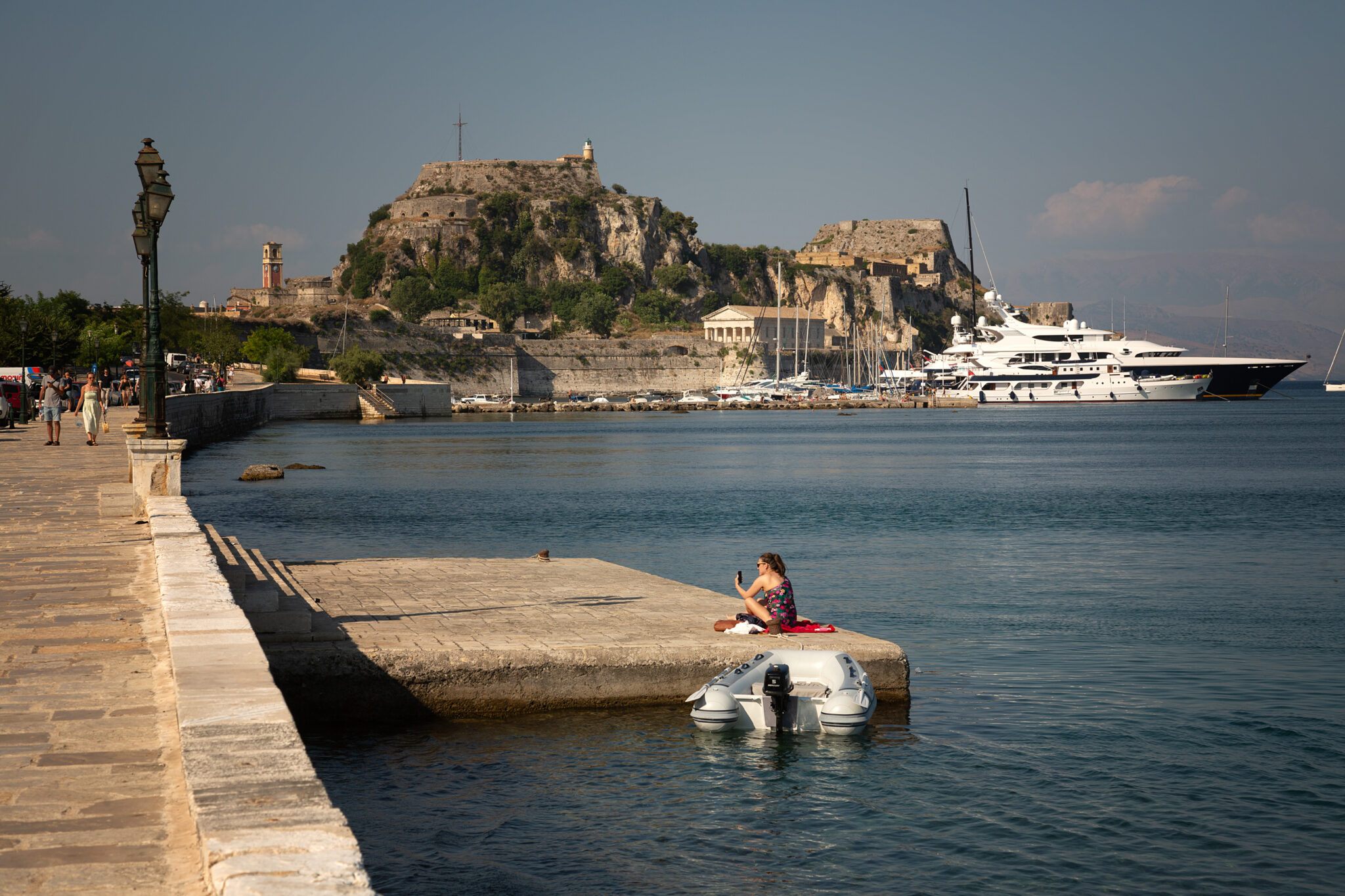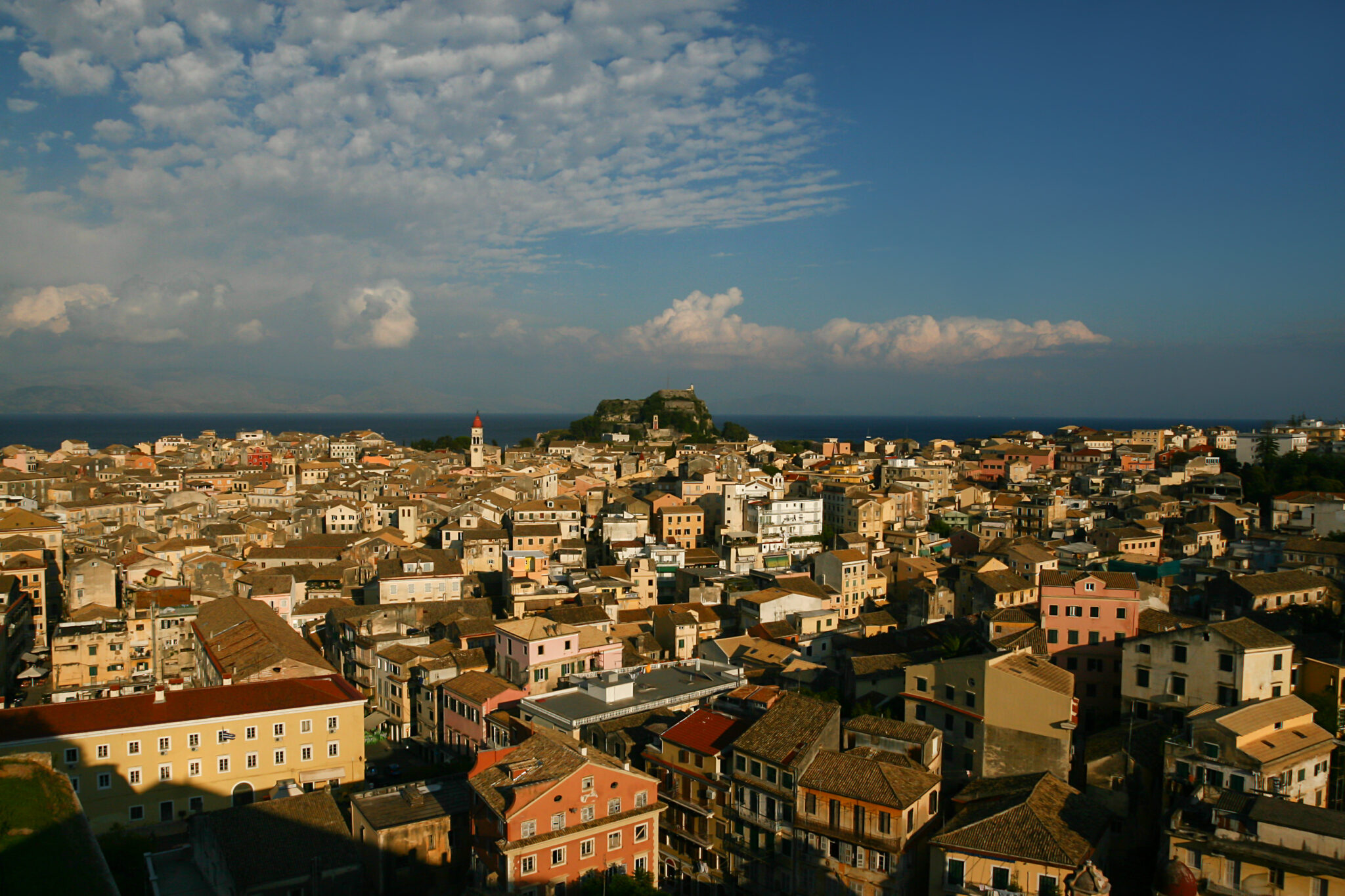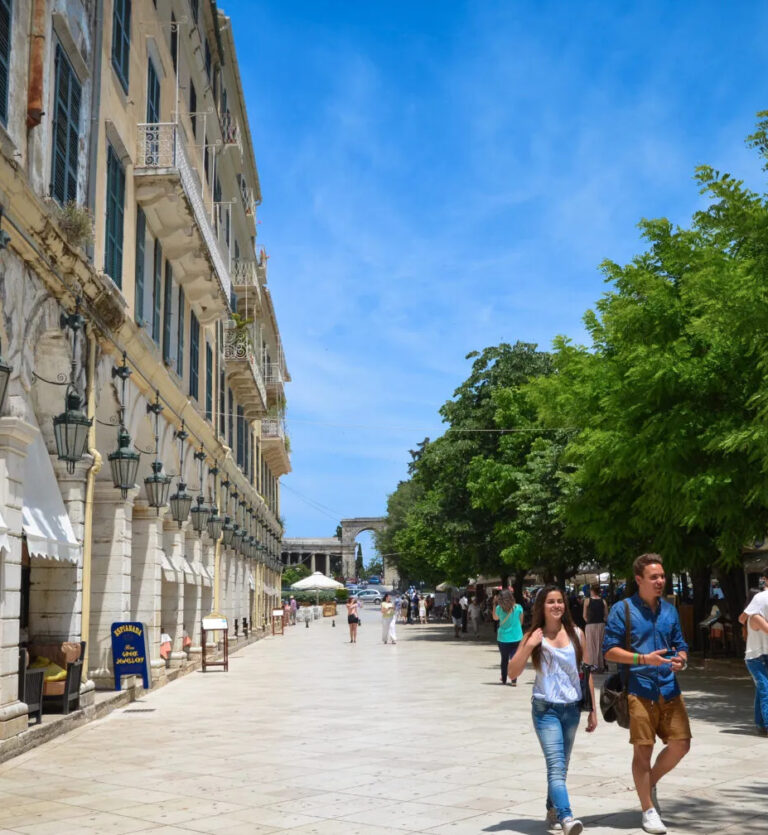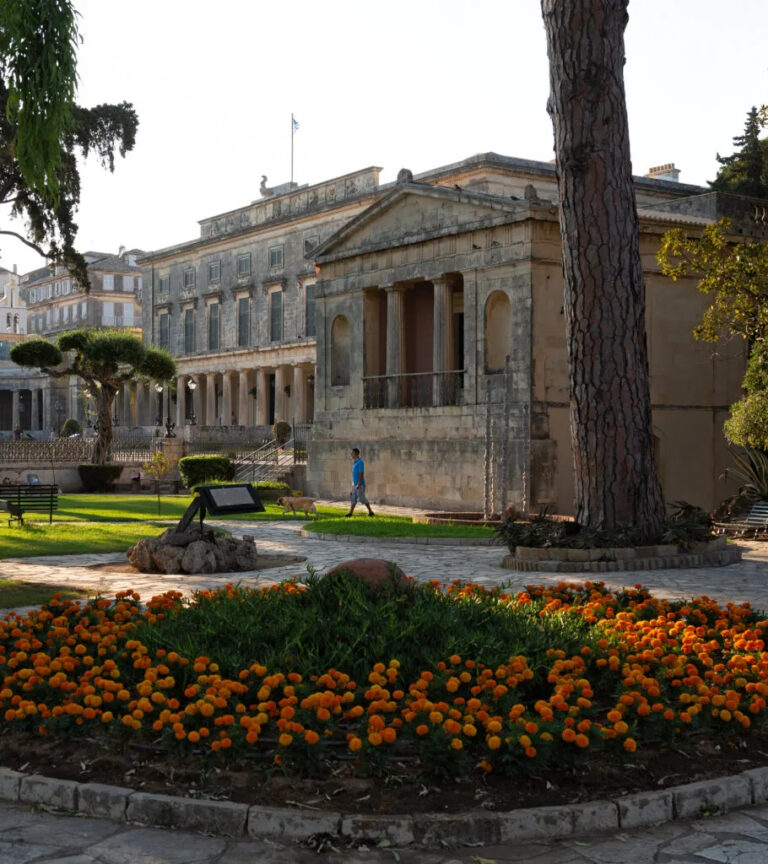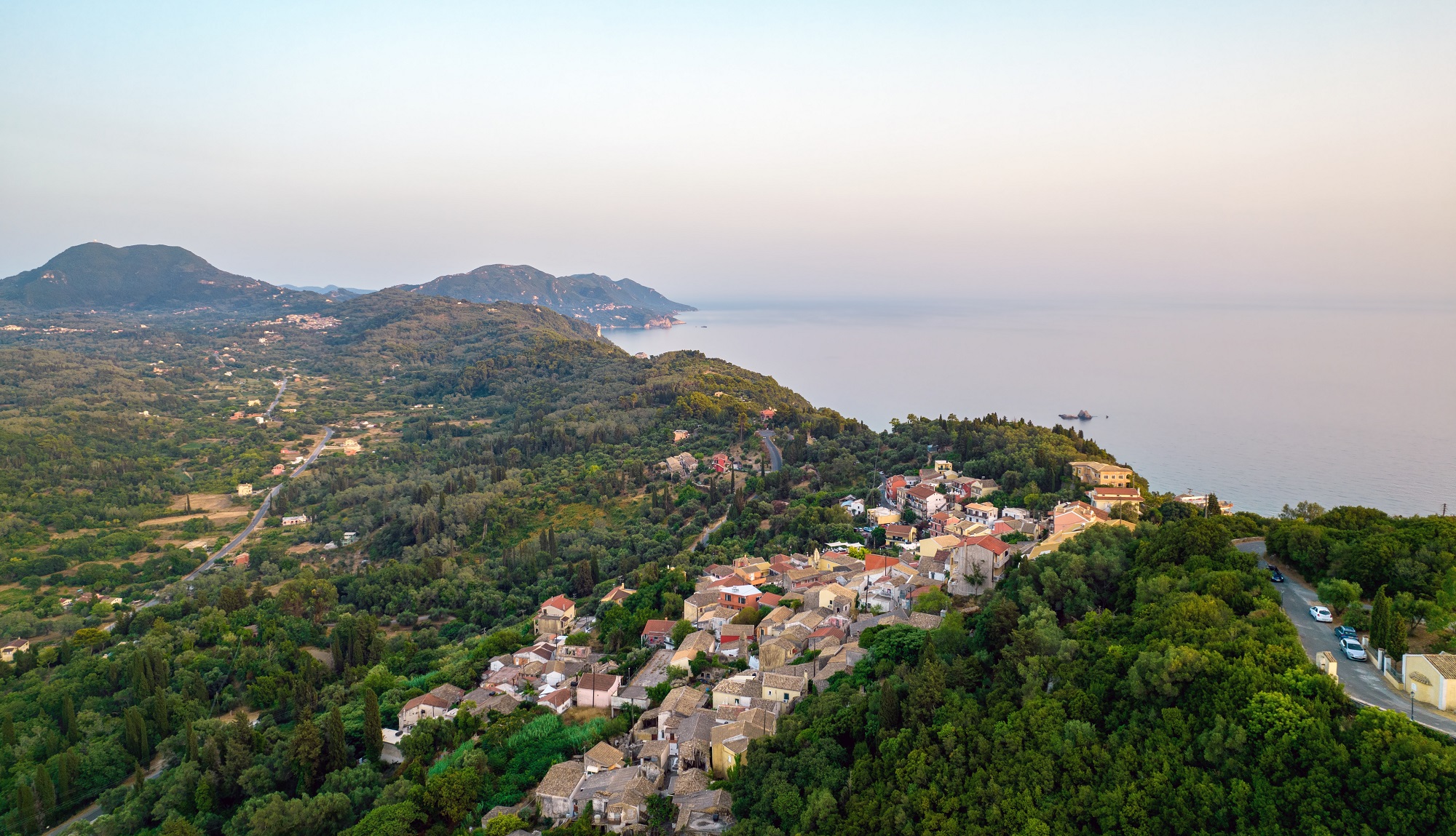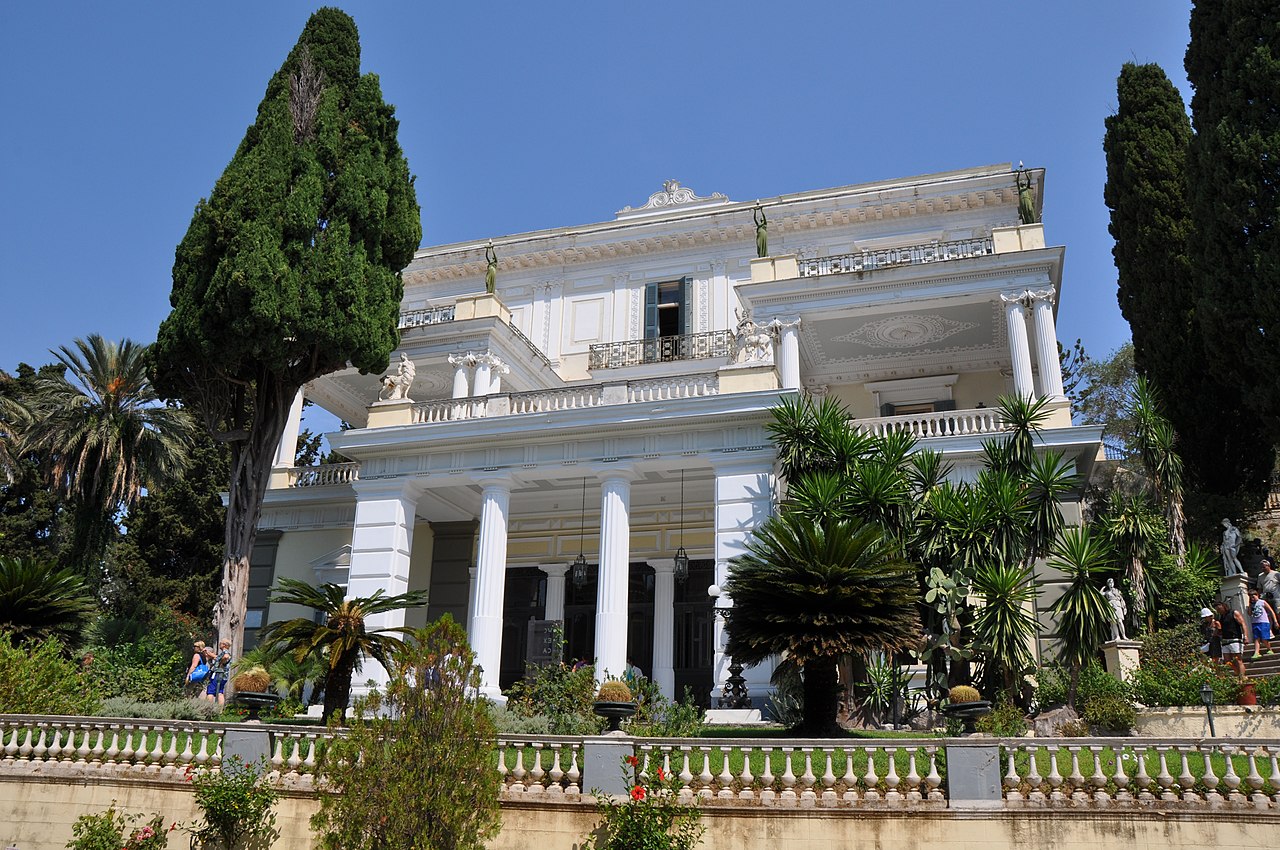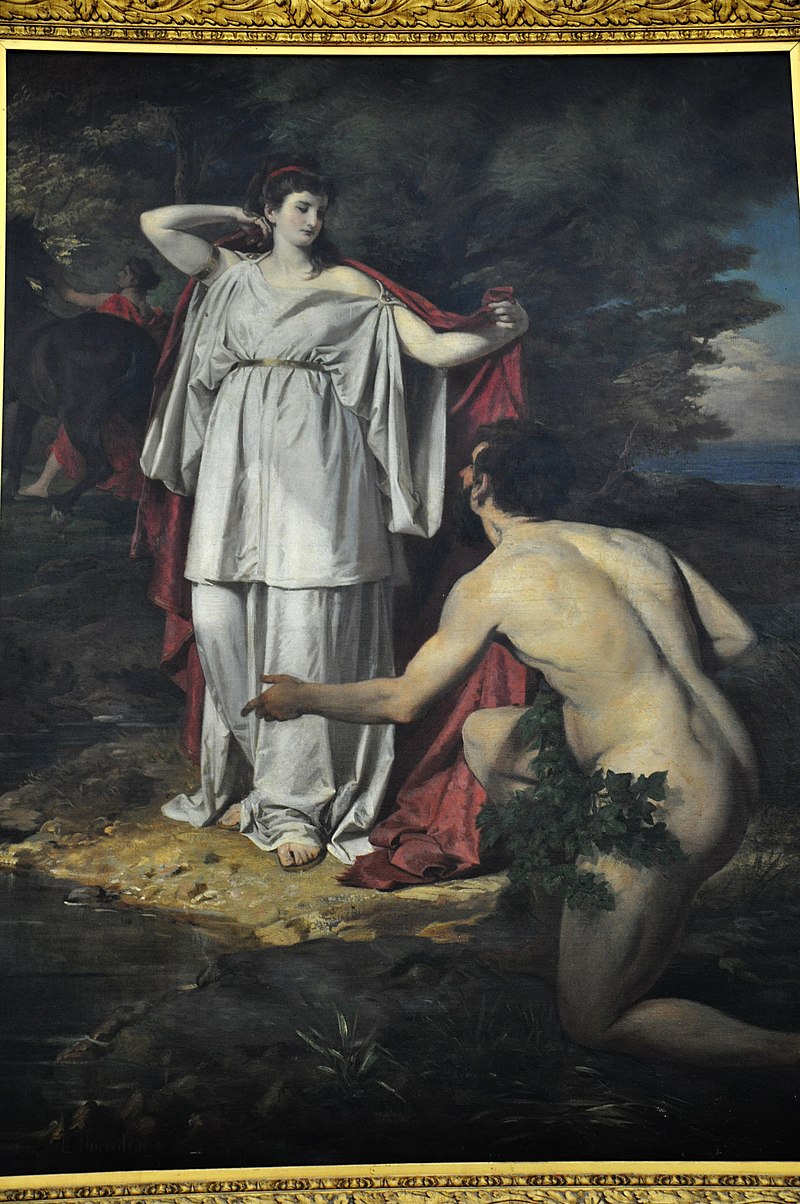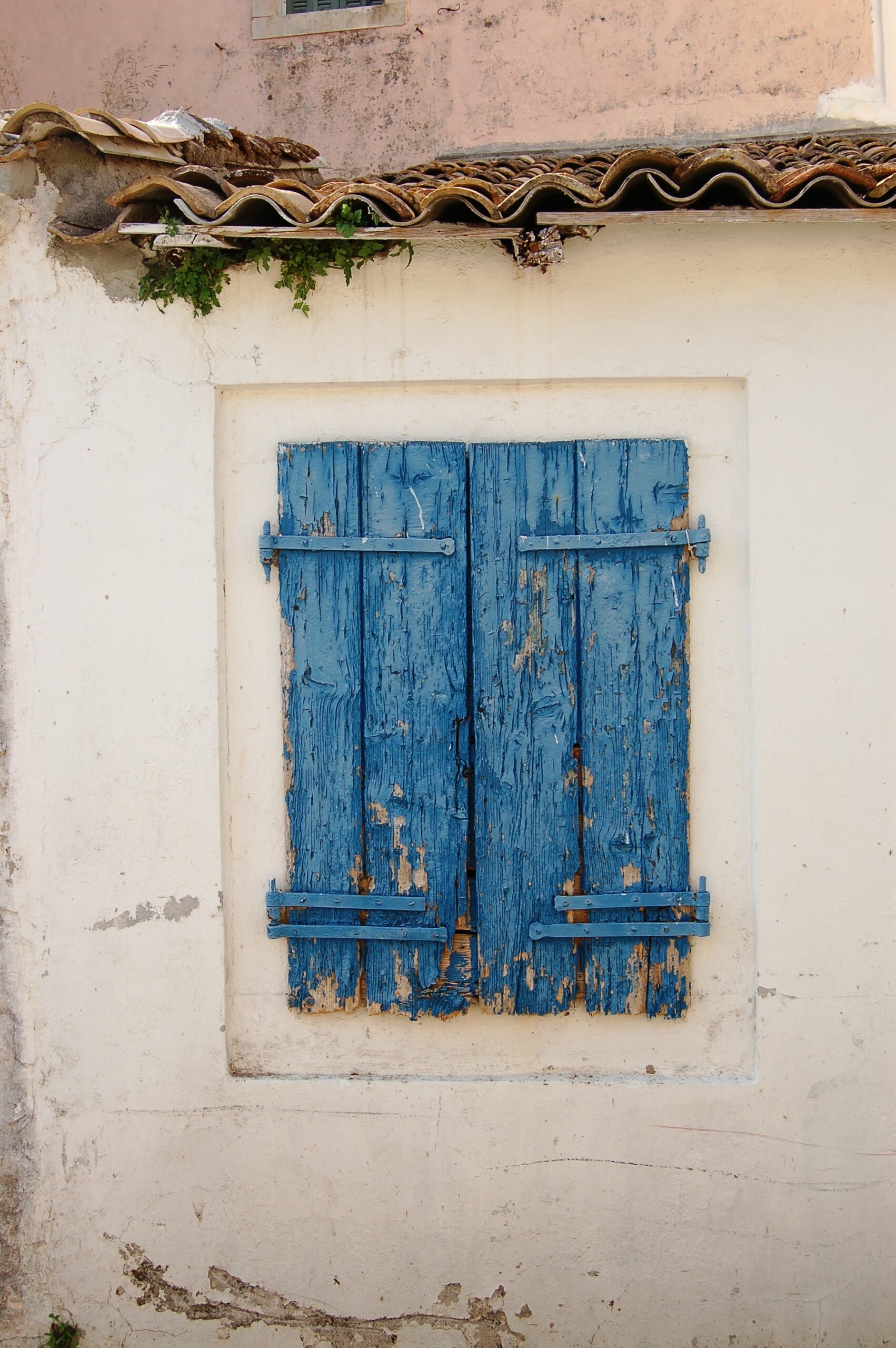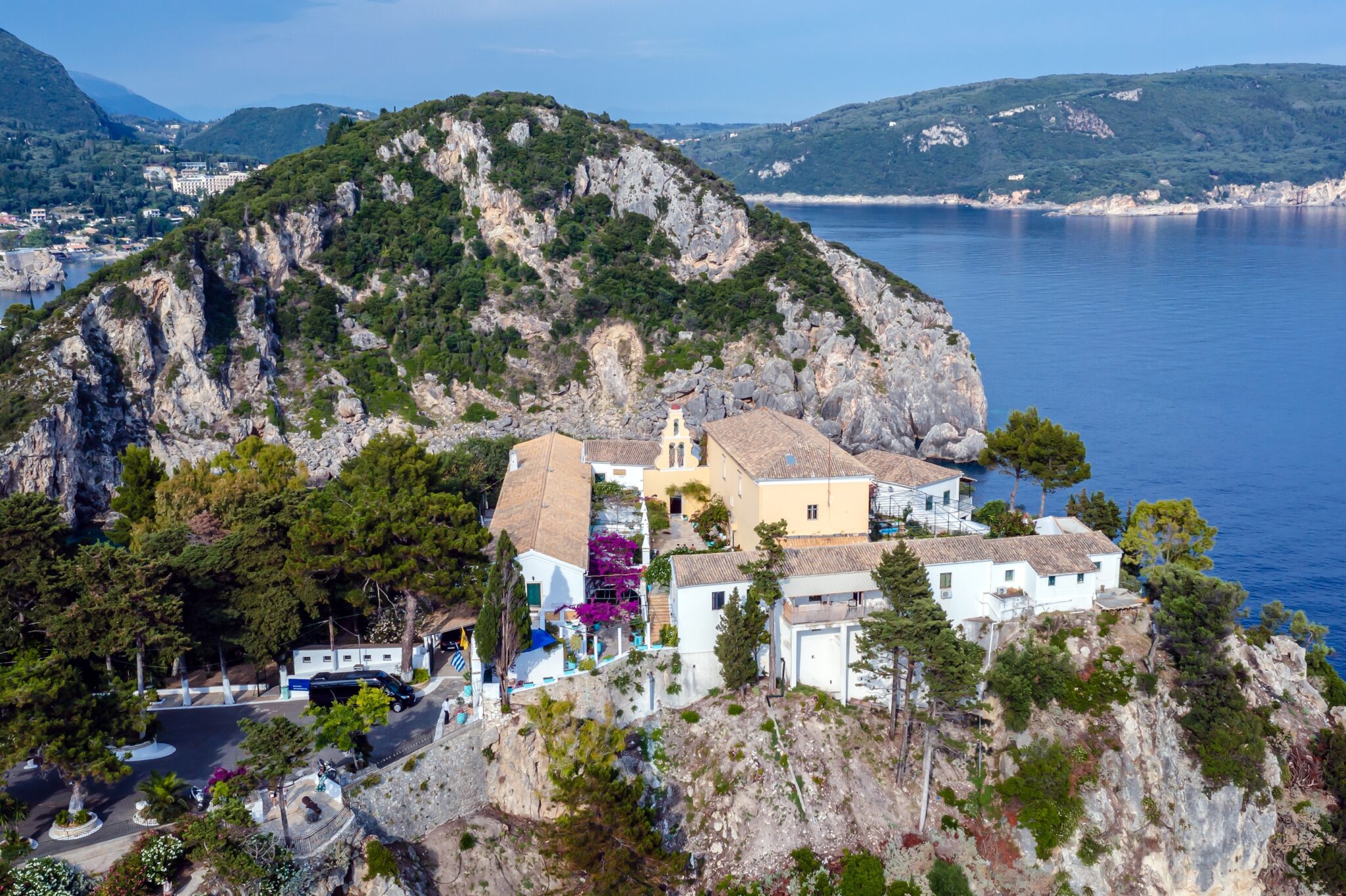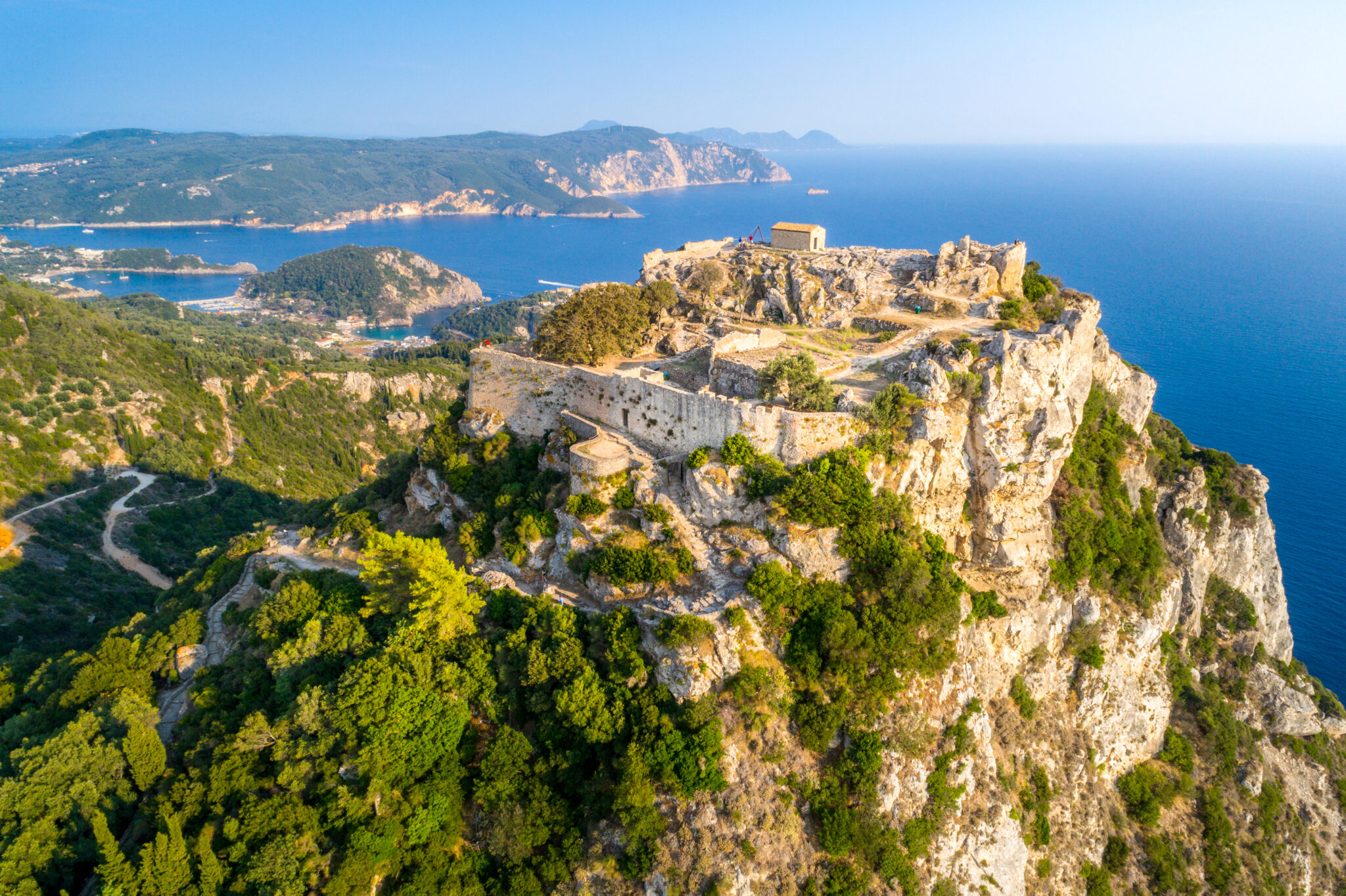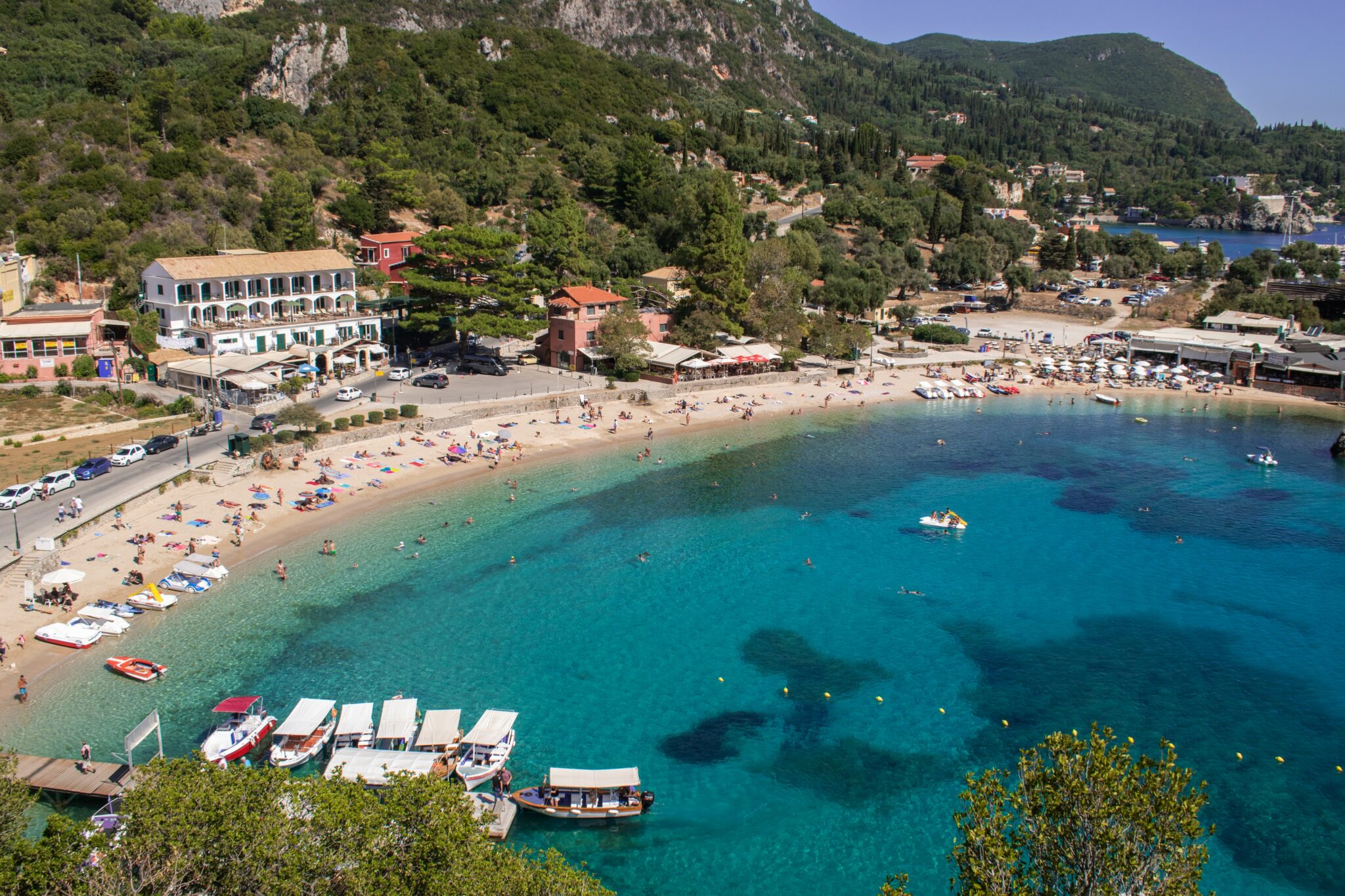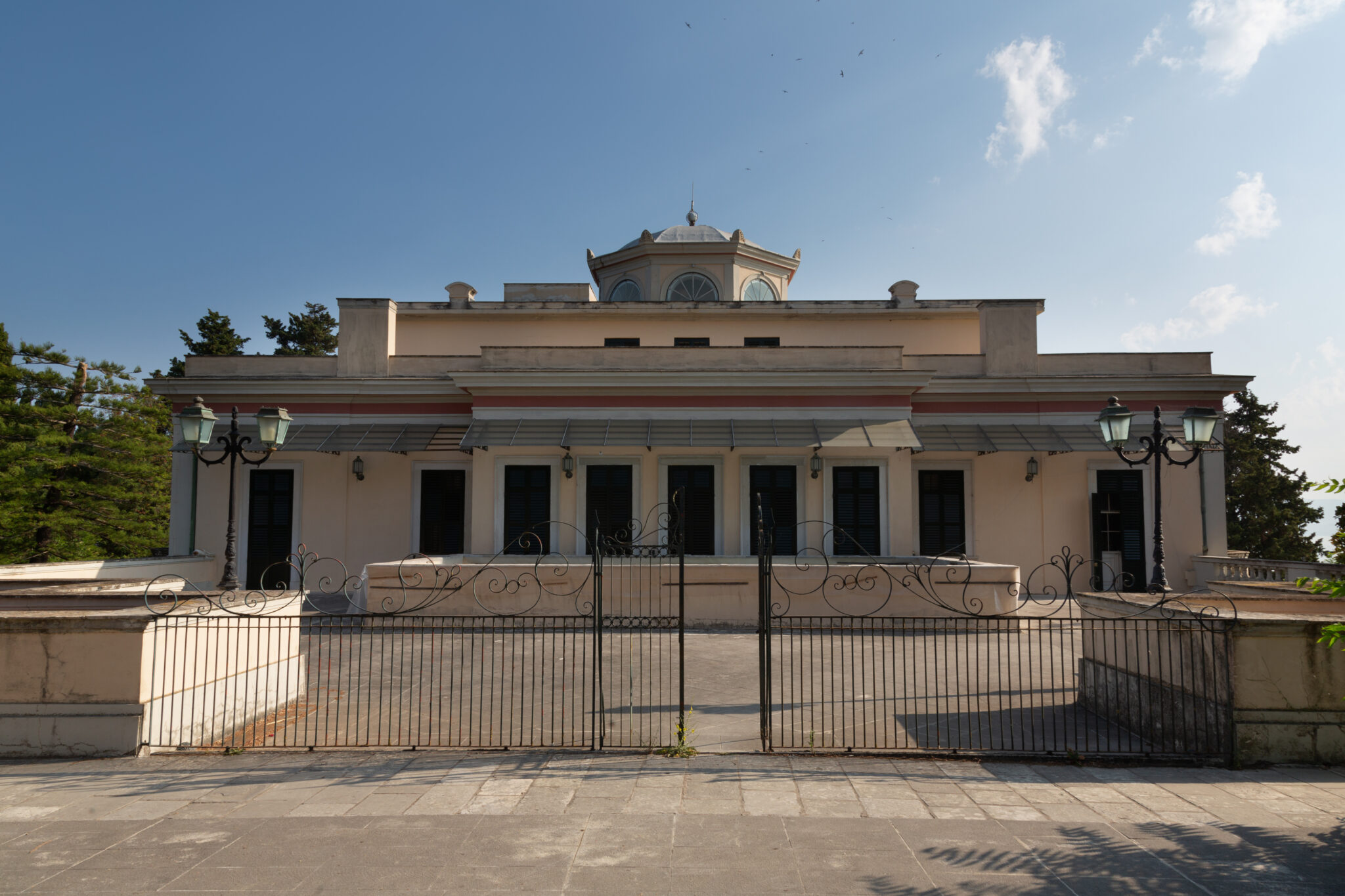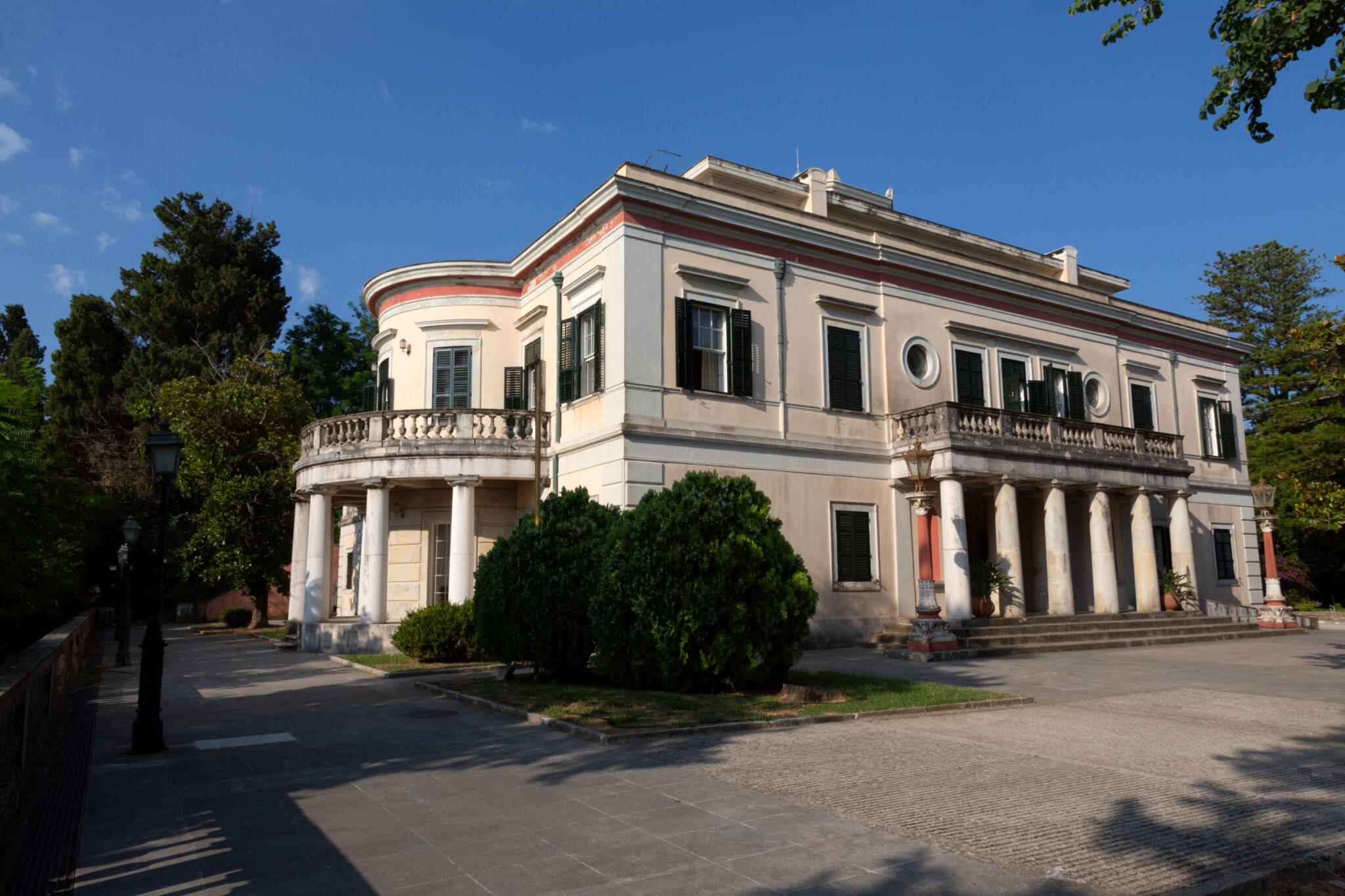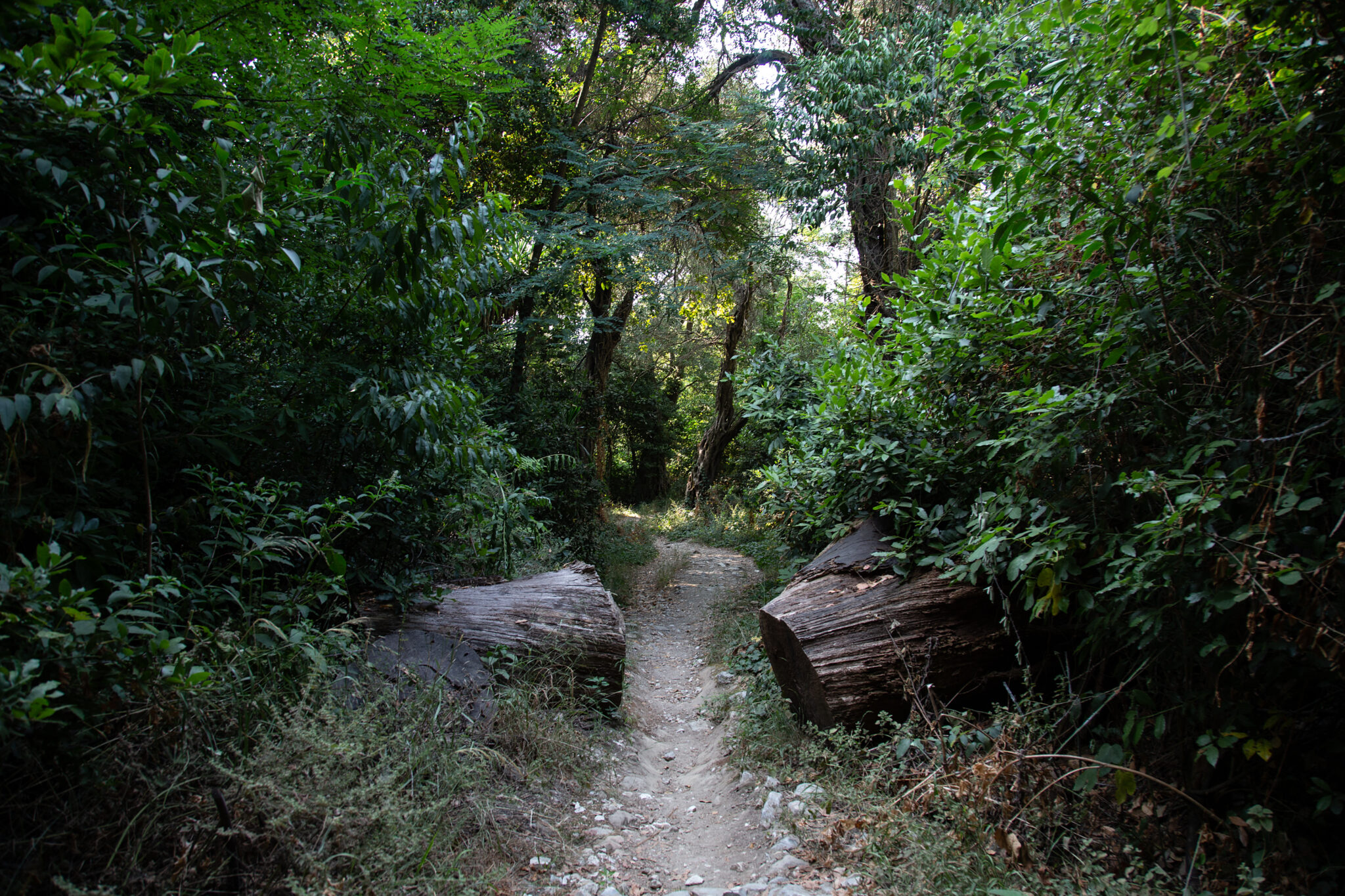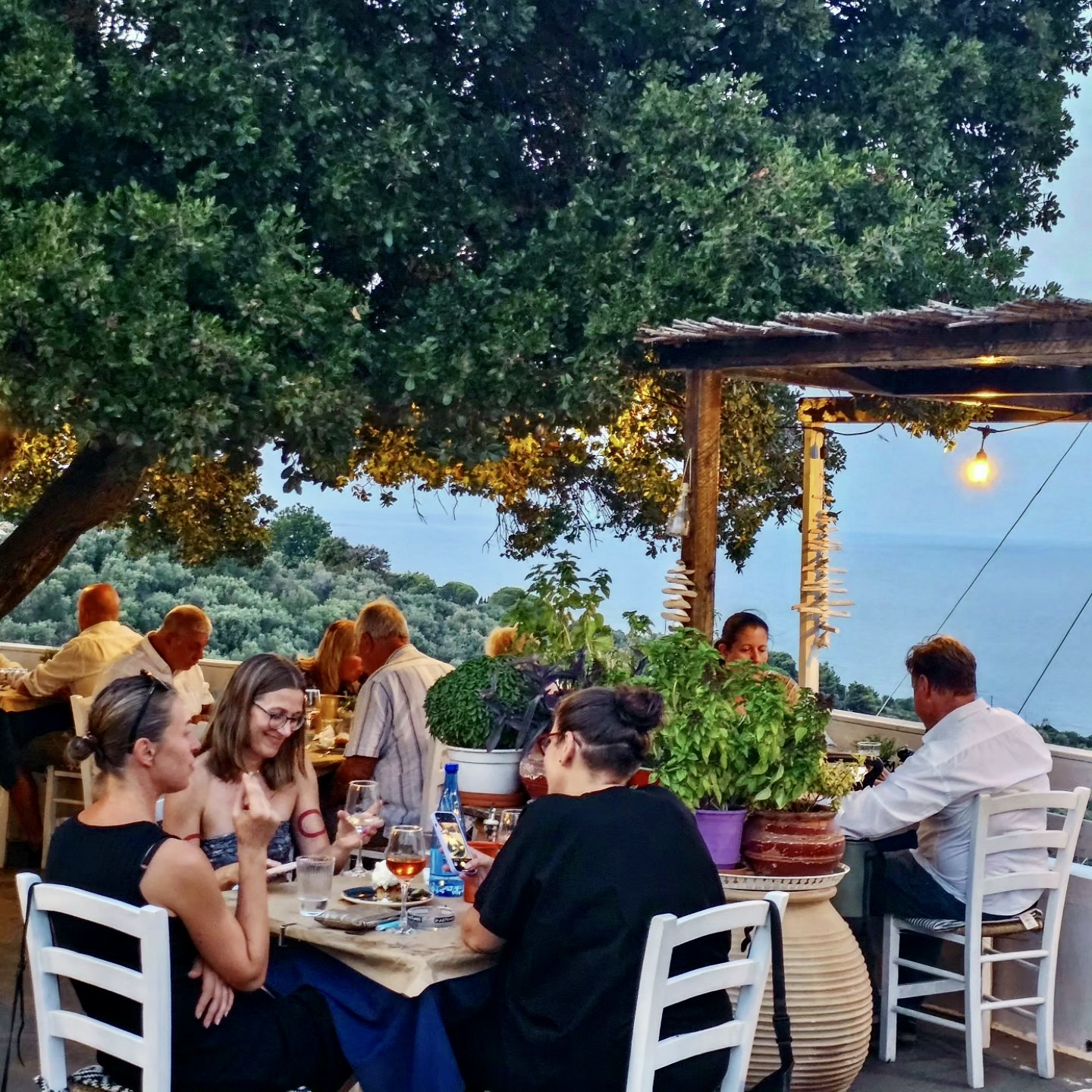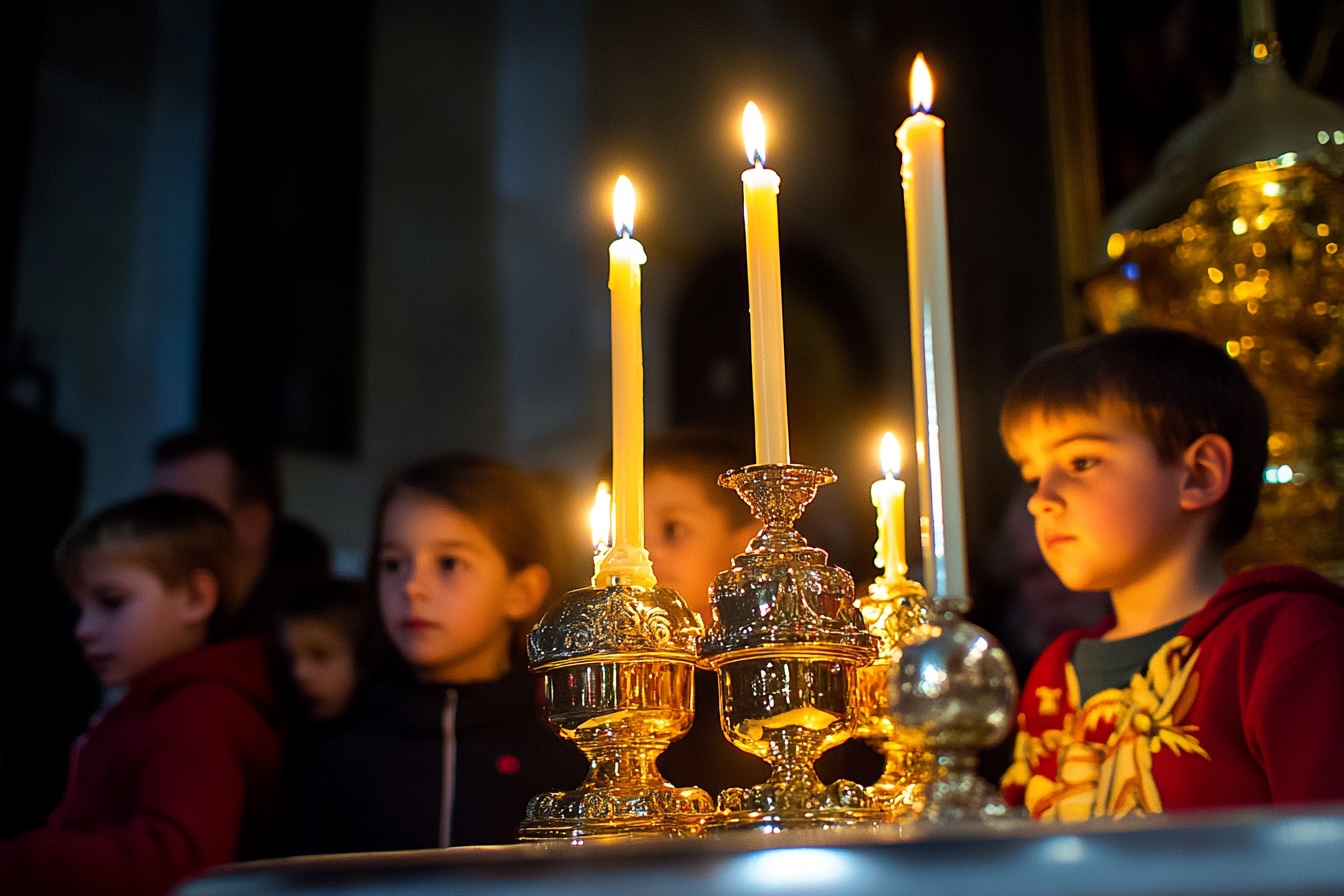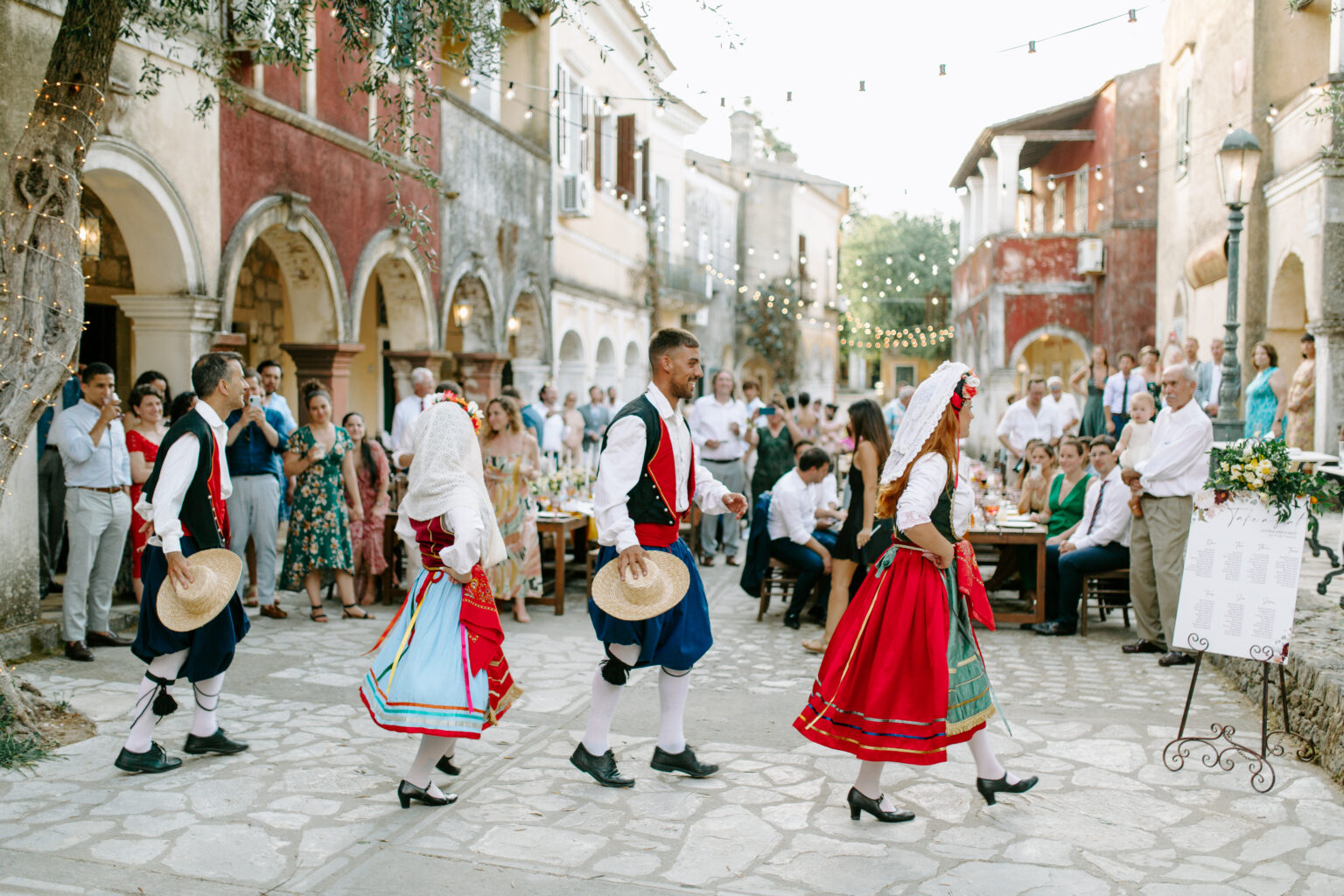This trip has been long anticipated. Why? Because Corfu is arguably the most beautiful Greek island to visit in the spring. All we needed to get moving was a bit more time and a car.
Corfu in spring is a marvellous sight, where the verdant landscapes are bursting into bloom and the weather is comfortably mild, making it a perfect time for exploring the island’s rich history, stunning beaches, and charming villages. Renting a car is essential to make the most of your trip as it allows you to traverse the island at your own pace, revealing hidden gems, secluded beaches, and hilltop vistas that are not easily accessible on foot or by other means. Our solution for this was renting a car on Avis.gr and knowing that we would collect it at our scheduled arrival time on the Island of the Phaeacians.
At Avis’s station, which is located at Corfu airport, the incredibly helpful staff handed us the keys to the vehicle we’d selected and explained all we needed to know about it. Thanks to Avis’s extensive range of options, we found exactly what we were looking for, a sturdy car that could handle Corfu’s challenging and generally worn road network with ease, and yet was economical in terms of fuel consumption – an important factor in these times of high-cost fuel.
Our accommodation was in the town of Corfu, a true gem of a town that impresses millions of visitors from around the world every year. Sites of remarkable beauty include Liston, designed in the style of the Parisian Rue de Rivoli, the stunning Spianada Square, and architectural masterpieces such as the Palace of St. Michael and St. George, which houses a unique museum for Greek standards, the Museum of Asian Art.
The district of Kambielo, a Venetian creation with its numerous narrow alleyways and houses painted in a multitude of colours, is enchanting. Kremasti Square, with its Venetian stone well is also certainly worth a visit.
Thanks to the car we rented, we wanted to devote more time to exploring the rest of the island on four wheels. We left the city behind and followed the provincial road leading to the village of Pelekas. We found ourselves in the heart of spring when Corfu’s nature is truly at its most glorious. Almost throughout the entire route, we encountered blooming gardens and fields carpeted in wildflowers. Panoramic view of Pelekas and its coastal area, from the Kaiser’s Observatory.
Our first stop was the village of Agios Ioannis, where we sipped our refreshing ginger beer under the shade of the plane trees. From there, we continued for about 10 kilometres towards the village of Giannades, an exquisite village that stands out for the architecture of its houses while offering a wonderful view of the Ropa meadow and its surrounding hills.
The next stops on our journey were the villages of Vatos and Kynopiastes. In the latter, we discovered a truly remarkable Olive Museum, which is housed in a beautifully-preserved early 20th-century olive mill and where we learned about traditional olive cultivation and olive oil production. All this before we even reached our main destination.
The Achilleon Palace
Upon arriving to the truly picturesque village of Gastouri, our main objective was to visit the famous Achilleion Palace, but before that, we decided to explore the village itself with its traditional houses, with the “botzous”, as the small verandas are called, and beautiful gardens pouring over with mimosas and the bougainvillaea.
The interior of the palace is today a museum, luxurious and impressive nonetheless. The same applies to its gardens, filled with numerous sculptural works of art, among which stands out the statue of Achilles, a masterpiece by the sculptor Ernst Herter. A visit to Achilleion was an idyllic conclusion to a busy day on the island.
Enchanting Paleokastritsa
The following day, we rose early and set out on our journey northward. Roughly half an hour and 25 kilometres later, we found ourselves in the stunning and touristically developed Paleokastritsa. Before reaching the main beach for the first swim of the season, we traversed a remarkable landscape with wonderful olive groves and small bays with truly magical waters. After the swim, we’ll visit the famous Monastery of Paleokastritsa. The monastery houses a museum featuring Byzantine and post-Byzantine icons and other important artefacts. However, the highlight of our visit was the breathtaking panoramic view of the Ionian Sea.
Our next stop was the remarkable Angelokastro. One of the most important Byzantine castles, which along with those of Kassiopi and Gardiki served as the key points of protection for the Phaeacian island centuries ago. Leaving the car behind, we followed the path leading to the acropolis of the castle; at its highest point, the Byzantine Church of the Archangel stands tall.
At Mon Repos
On the last day of our stay on the island, we chose not to stray far from the city of Corfu, as Mon Repos in Paleopolis is no more than a 10-minute drive away. The ground floor of the mansion, built during the period of British rule, now houses a museum where one can see artefacts from that period, while on the first floor are findings from the excavations at the Paleopolis archaeological site.
The truly unforgettable part of the visit to Mon Repos is its “outdoors” – truly vast gardens, designed according to 19th-century aesthetics and style, created to offer the mansion’s residents immediate contact with nature, like an organic extension of the house. Beautiful flowering trees and an abundance of flowers have been planted around the palace, providing tranquillity for those who would enjoy their view from the house. Moving further away, the scenery changes, resembling a wild forest with laurels, strawberry trees, oaks, some tropical species, and trunks of a huge diameter that look like awe-inspiring sculptures. It was the best final impression of our short yet greatly rewarding visit.
If only we had more time to see other places, such as the stately Lefkimmi in the southern part of the island or charming villages like Old Perithia at the foot of Mount Pantokrator, and of course, Corfu’s numerous beaches.
Upon our return, we dropped off our car at the same point where we had collected it, the Avis station at the airport, and as we wait to take off on our flight home, we already feel a ‘post-trip melancholy’. At the same time, we cheer ourselves up by remembering that the island will always be there waiting for us and that thanks to the Avis car rental we will be able to explore other corners of it that we did not have time to see the first time around!



